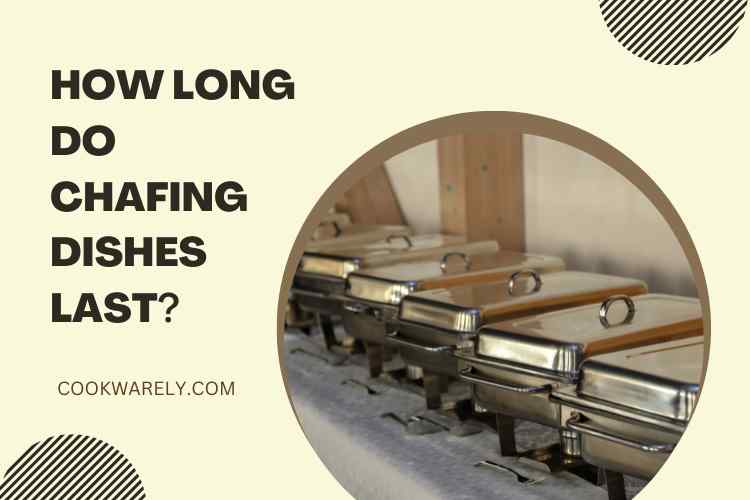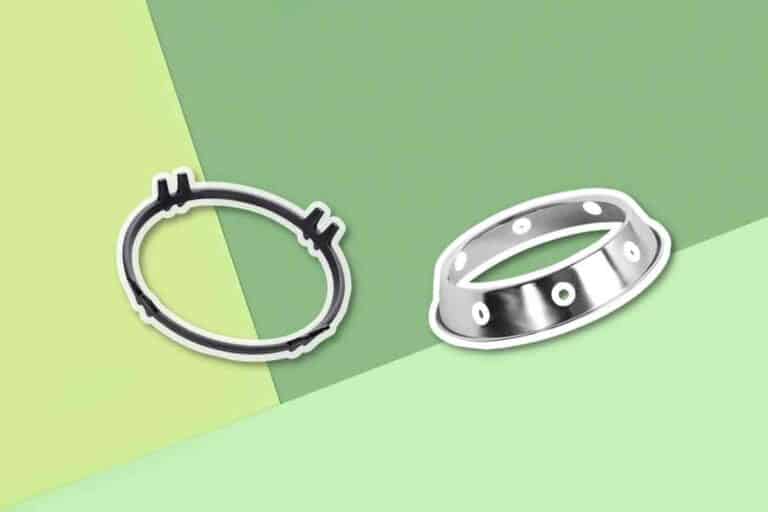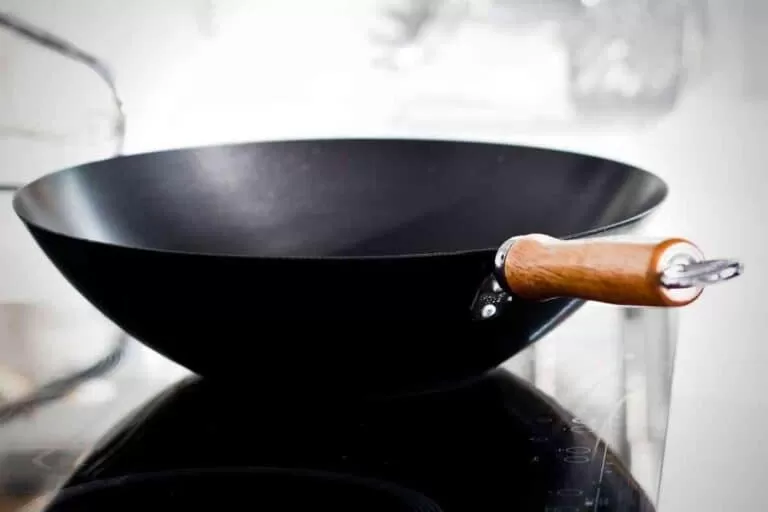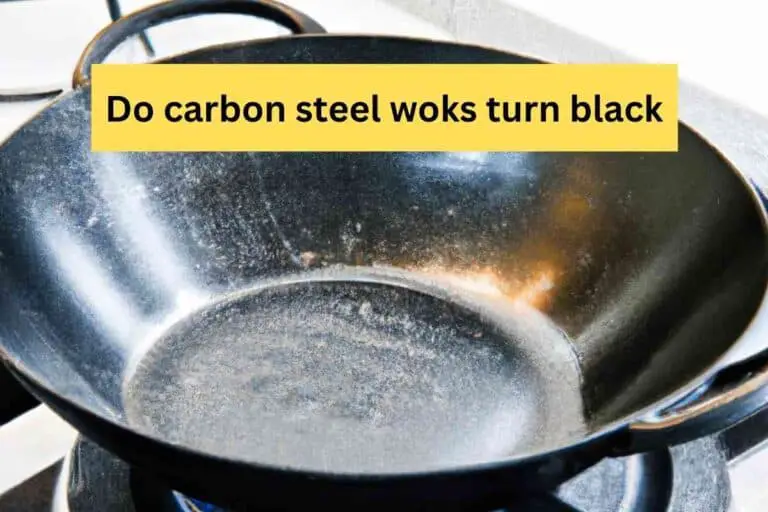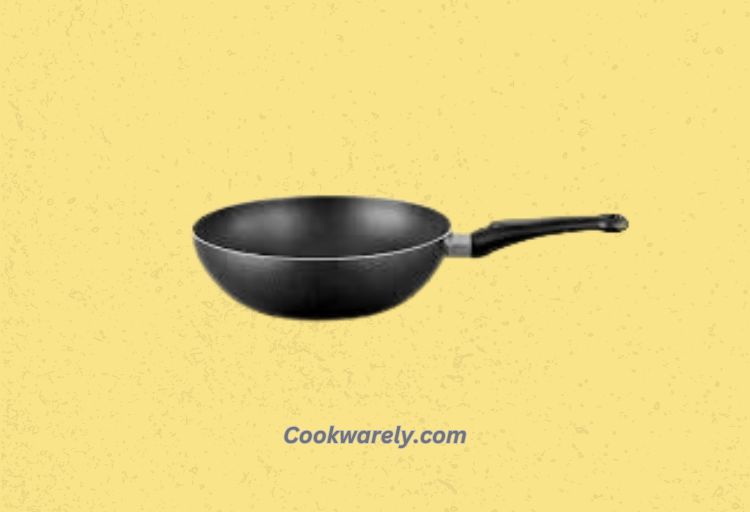Why Is A Wok Better Than A Frying Pan?
A wok can do a lot of things that a frying pan cannot. For starters, it uses less oil. You’ll be able to cook more food in a shorter period of time, and you can also cook in batches. Another benefit is that it radiates heat evenly. You won’t have to constantly stir your food to keep it from burning.
Moreover, a wok is perfect for preparing stir-fried dishes. It’s also useful for cooking larger pieces of meat. In a frying pan, the meat has a long contact time with the hot surface, which means that cooking times are longer. Another plus is the non-stick surface, which makes cleaning easier.
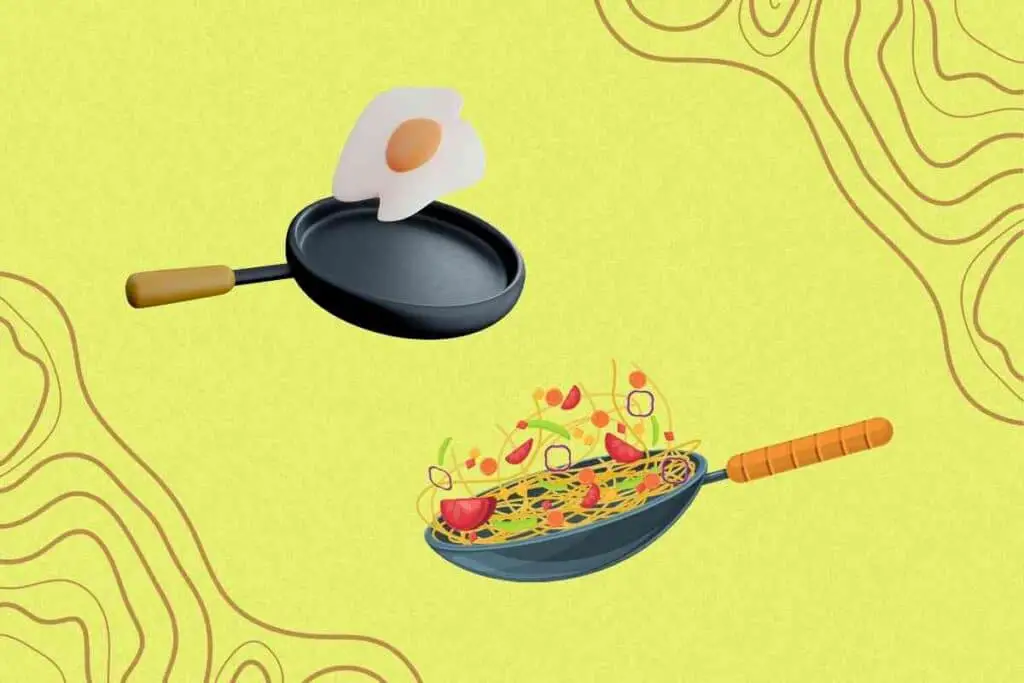
Another great benefit of a wok is its durability. While cast-iron frying pans are best for home use, they’re not ideal for bulk cooking in a restaurant. They also require extra care. They need to be seasoned immediately after use and should be washed with a mild soap. A wok’s base prevents it from tipping over and is more stable on stovetops.
A wok’s hammered carbon steel surface is naturally non-stick, which means less oil is needed. This is particularly important for stir-frying, since food needs to move constantly to avoid burning.
Why Is A Wok Better Than A Frying Pan?
There are a number of advantages of using a wok over a frying pan. These include the fact that the wok requires less oil to cook, as well as the fact that it has a large cooking area. A wok also radiates enough heat to cook food evenly and quickly.
Carbon steel
There are pros and cons to using both frying pans and carbon steel woks. In fact, you can cook with both, which can give you more flexibility in your cooking.
Whether you use one to cook stir-fried dishes or deep-fry larger proteins, having both in your kitchen will help you prepare all kinds of food.
Woks cook at high temperatures, so you have to season them before using them. This seasoning process creates a non-stick surface. However, this process is time-consuming and requires care.
It requires rinsing the wok thoroughly in hot water and then drying it thoroughly before cooking. Using a seasoned carbon steel wok will help you avoid rusting, which can damage the cookware.
Cooking with a wok
When cooking with a wok, you can achieve a variety of results without using a lot of oil. The first advantage is that you can quickly cook dishes.
You can prepare them quickly using little oil, as the wok is designed to disperse heat over a larger surface area than a conventional frying pan.
Another benefit is the versatility of the wok. It can be used for stir-frying, boiling, steaming, and even deep-frying.
By contrast, frying pans are suited for shallow cooking methods, like sautéing. Lastly, a wok uses lower temperatures, which is better for the environment.
Properly seasoning
To season food in a wok, make sure that it is fully heated. The wok should be seasoned by heating it until it starts to smoke.
You can also test the temperature by placing some water in it, and it should start to evaporate within a second. If it does not, the wok may need some re-seasoning.
Stainless steel and carbon steel woks need to be seasoned before cooking in them. Seasoning will prevent food from sticking to the pan’s surface.

